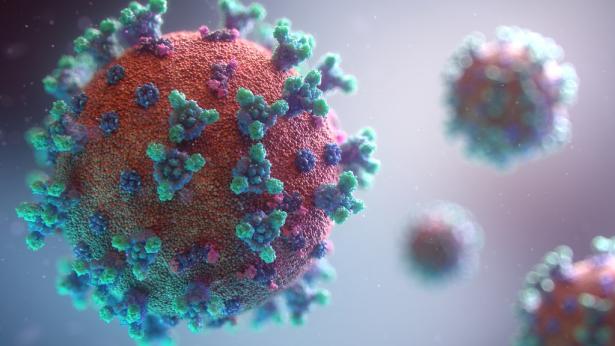The Department of Energy, home to the country’s network of national laboratories, recently briefed lawmakers on a new intelligence assessment concluding that COVID-19 “most likely arose” from a laboratory leak. They have “low confidence” in this conclusion, perhaps due to sparse and poor-quality evidence. The report is not publicly available; news of its topline conclusions was leaked to media outlets.
The DOE report is the latest in a series of inquiries and investigations into the origins of the pandemic, which have been fraught, to say the least. Some of the scientific inquiries have been marred by unreported conflicts of interest, political interference, and unprofessional conduct. Inquiries by government leaders have suffered from partisan posturing and diplomatic stalemates.
I am not going to weigh in on the debate of the origins of SARS-CoV-2. I think it’s unlikely we will ever know with any certainty how the virus jumped into humans. The spillover event, in whatever form, was a spark that ignited the pandemic more than three years ago. It takes around five days for an infection progress to symptoms, so even the first victim may not have known when and where they became infected. Investigating the pandemic’s origins is worth undertaking, but we should not wait for it to yield a definitive answer.
And frankly, the origins discussion is too toxic for all but the most vociferous voices. Like many of my public health colleagues, I have received a steady stream of threatening mail over the course of the pandemic. It’s had the effect that the senders likely intended, which is to discourage experts from participating in public conversation. It’s a shame and I wish things were different, but the personal costs of engaging are too heavy for many to bear.
I do have one suggestion for a path out of the quicksand: What if we accepted that plausibility of a lab leak is enough to act? It is not a trial requiring a verdict. We do not need to confirm the virus’s origins beyond all doubt before implementing preventive measures. We can use lessons from the origins investigations to act with commitment and urgency to preventing future catastrophes.
Lab leaks can and occasionally do happen. The most famous examples include a 1977 influenza epidemic suspected of originating in a lab or vaccine trial gone awry in the USSR; a 1978 leak of smallpox in Birmingham, England that led to the death of a young woman; a 2007 outbreak of foot and mouth disease in the United Kingdom and poliovirus in the Netherlands just last year. Even for SARS-CoV-2, most virology experts did not dismiss out of hand the laboratory accident hypothesis, even if they have since concluded that a natural origin is more likely. If it’s a scenario worth considering, then it’s a scenario worth guarding against for the future.
Biosafety and biosecurity experts have been calling for reforms and additional protective measures for years. For example, many have called for more oversight of experiments involving high consequence pathogens, including gain of function research. More mechanisms are needed to train, equip, and regulate laboratories in low-resourced settings. Health security experts would like the Biological Weapons Convention, and the scientific community, to adopt a code of conduct for biological scientists. These recommendations, and the dozens more waiting in the wings, are the solutions that policymakers would reach for if the pandemic did originate in a laboratory. So, why not just reach for them now?
The same line of thinking can be extended to natural origins. An estimated 75% of emerging infectious disease are zoonotic or originating in animals, including SARS-CoV-2’s cousins, MERS, and SARS. Spillover events happen when humans encounter animals. Changing patterns of land use, hunting and consumption of wild game, and intensive animal agriculture are just some of the drivers of these spillover events. Implementing sustainable policies and practices in these areas could reduce the risk of future outbreaks.
We do not need to settle the question of the origins of SARS-CoV-2 to agree on next steps. Even as we continue to investigate the start of the pandemic, we can use the plausibility of origins scenarios as a to-do list for improvement. We can—and we should—move forward with the knowledge that we have to make the world a safer place, and we can do that starting now.
Caitlin Rivers is an Infectious disease epidemiology professor specializing in epidemics, pandemics and biosecurity. Find me on Twitter @cmyeaton.
Force of Infection is a reader-supported publication. To receive new posts and support my work, consider becoming a free or paid subscriber.


Spread the word